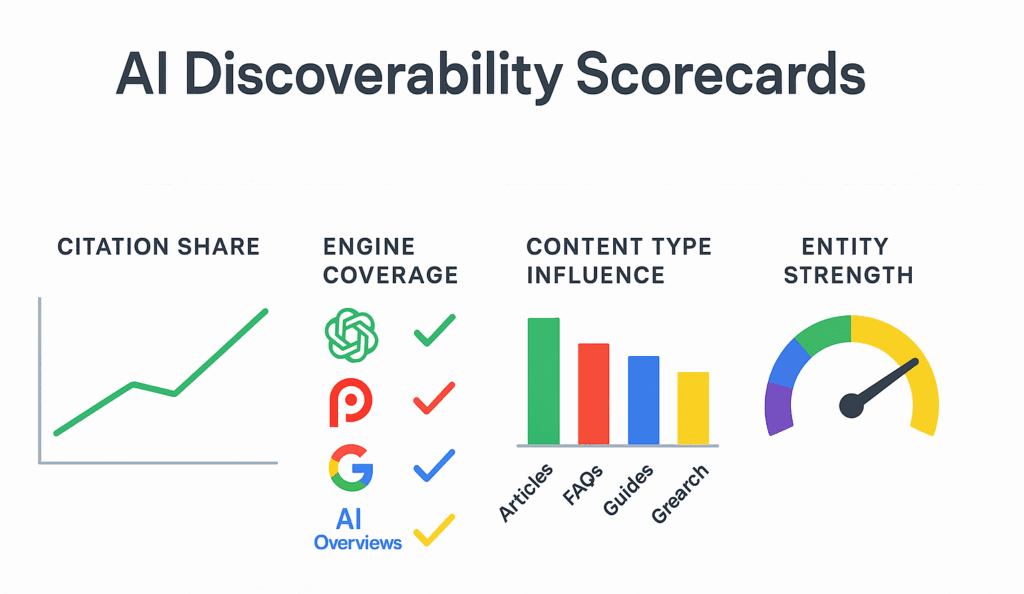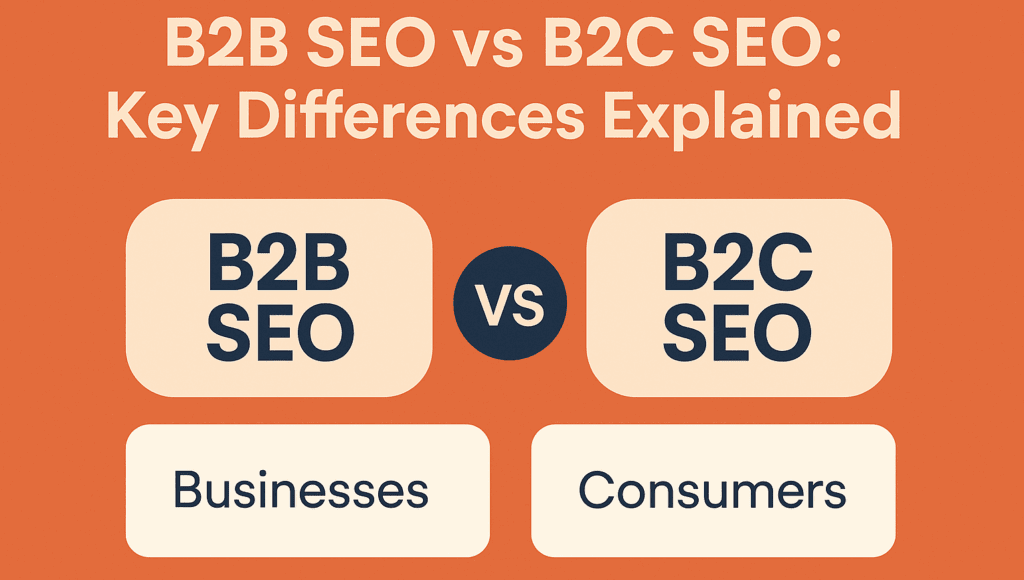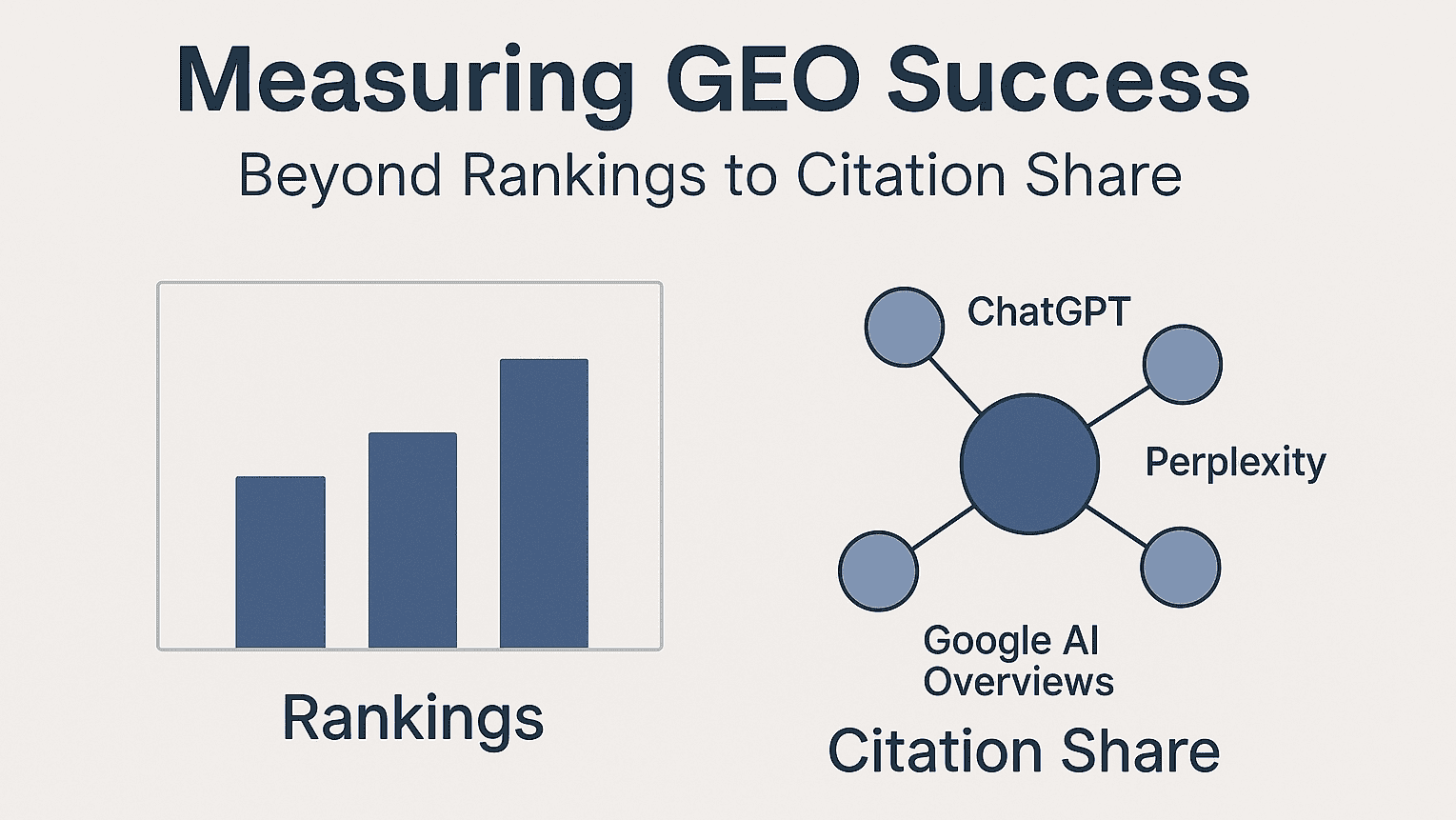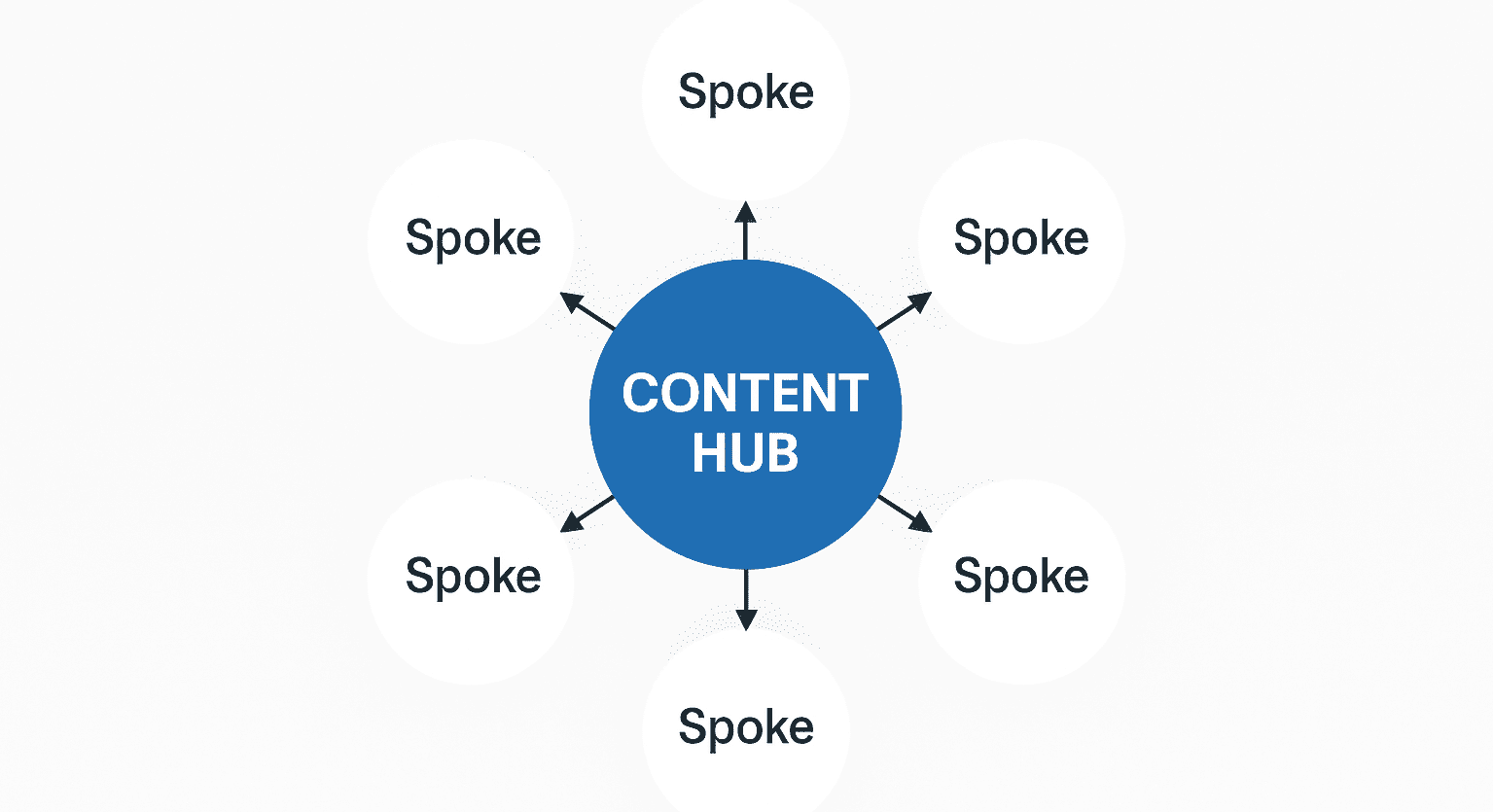Best Semantic SEO Consultants: Why the Foundation Matters for AEO and GEO
Discover why semantic SEO is the foundation for AEO and GEO. Learn how the best semantic SEO consultants build lasting visibility in the AI era.
Best Semantic SEO Consultants: Why the Foundation Matters for AEO and GEO Read More »










